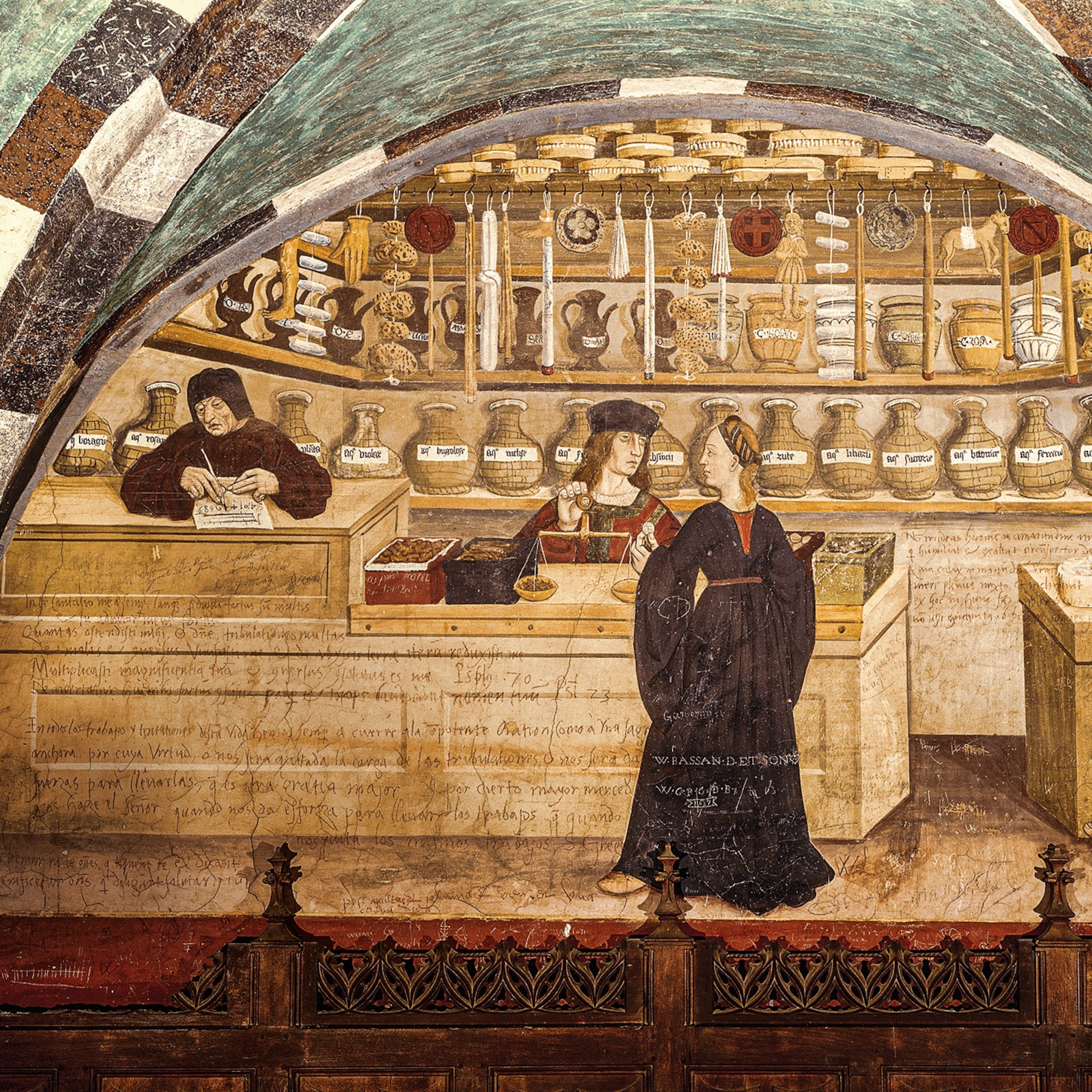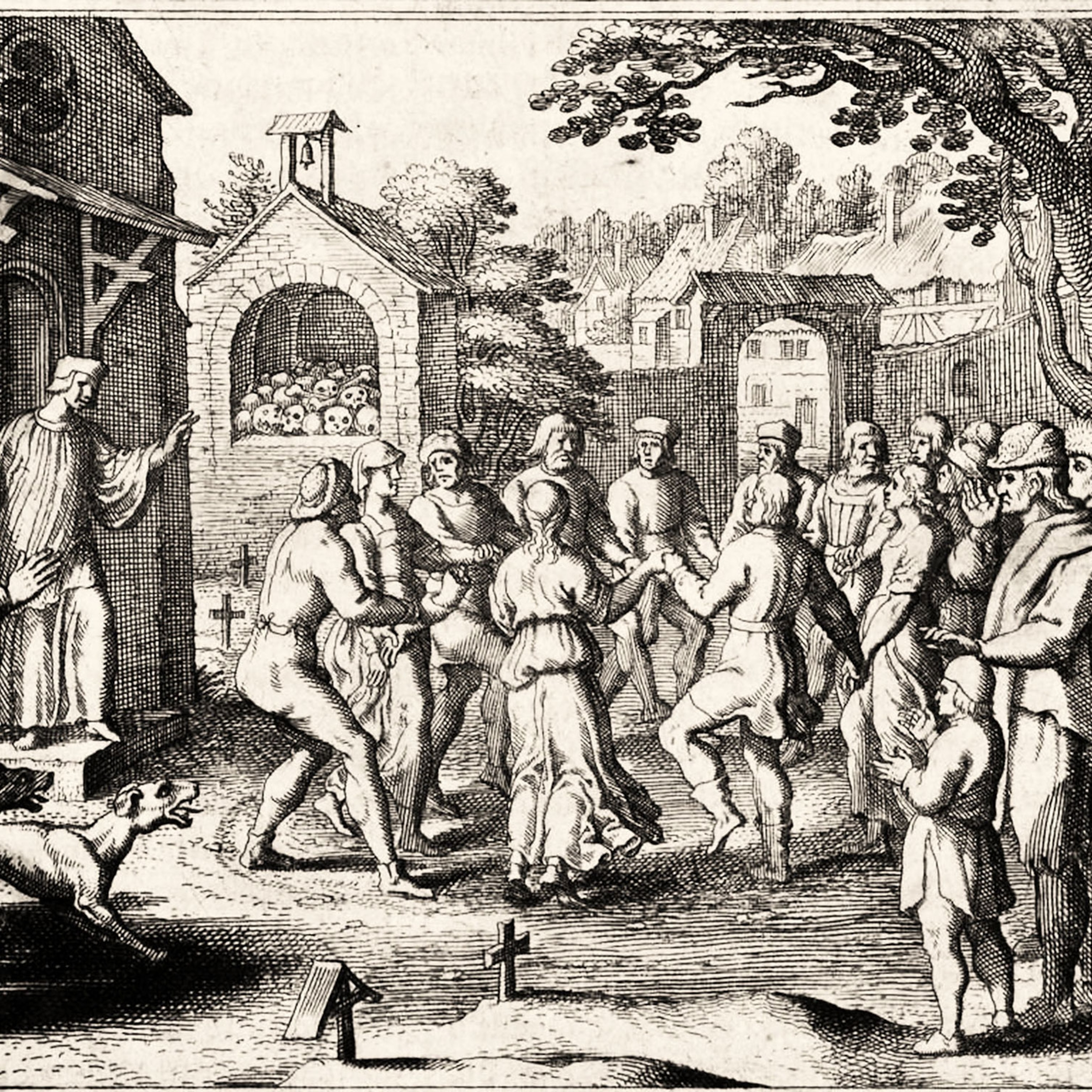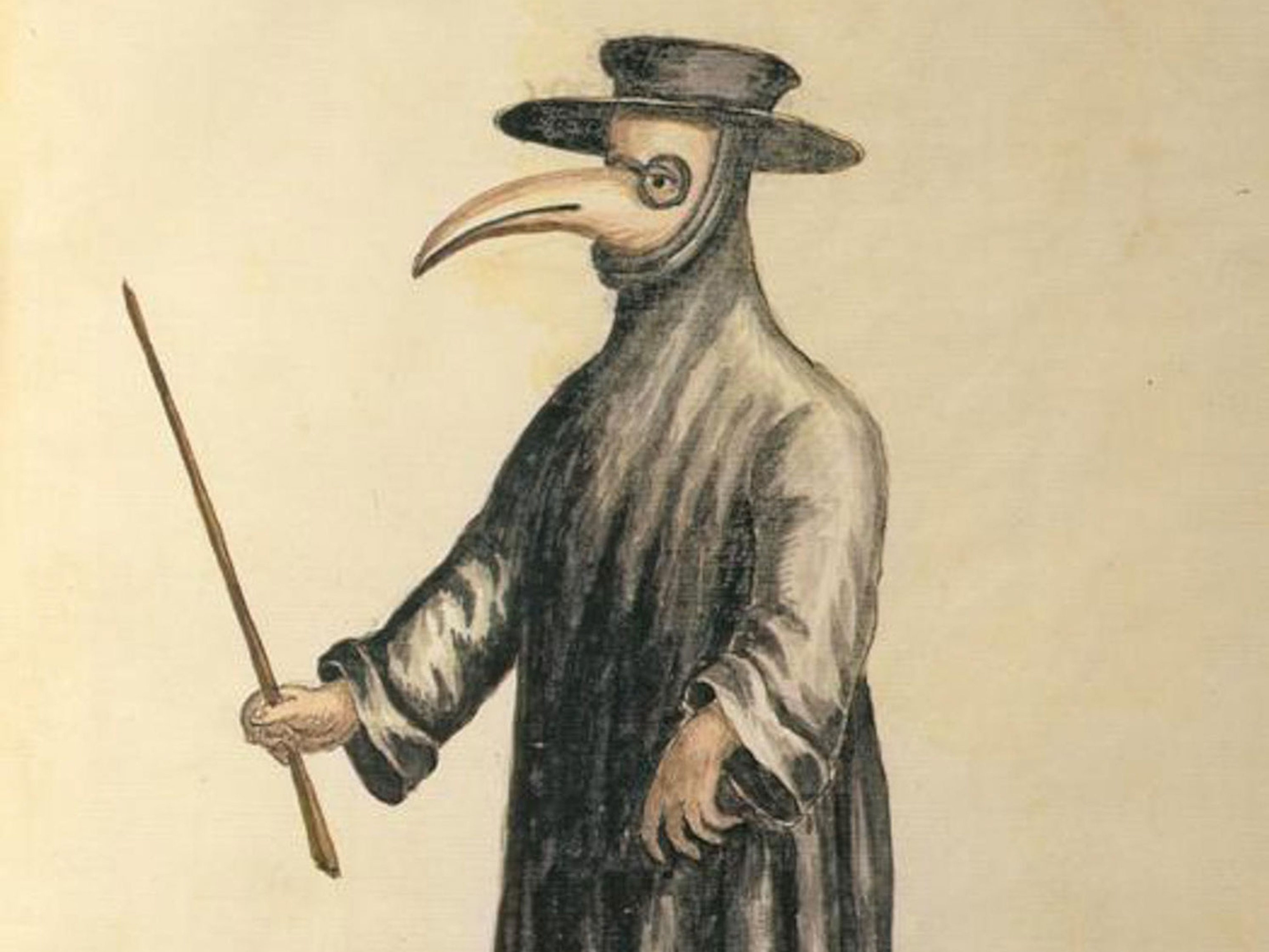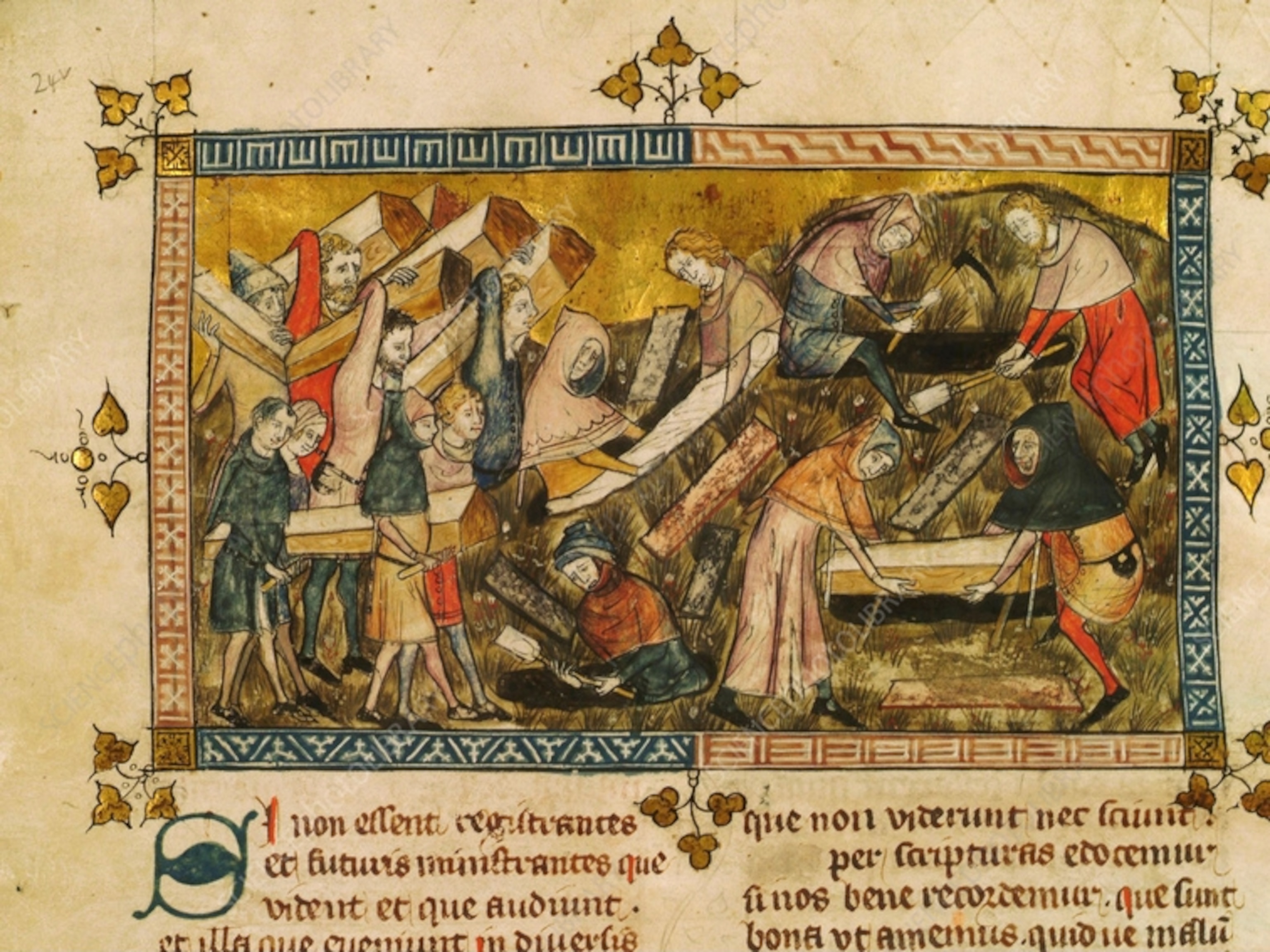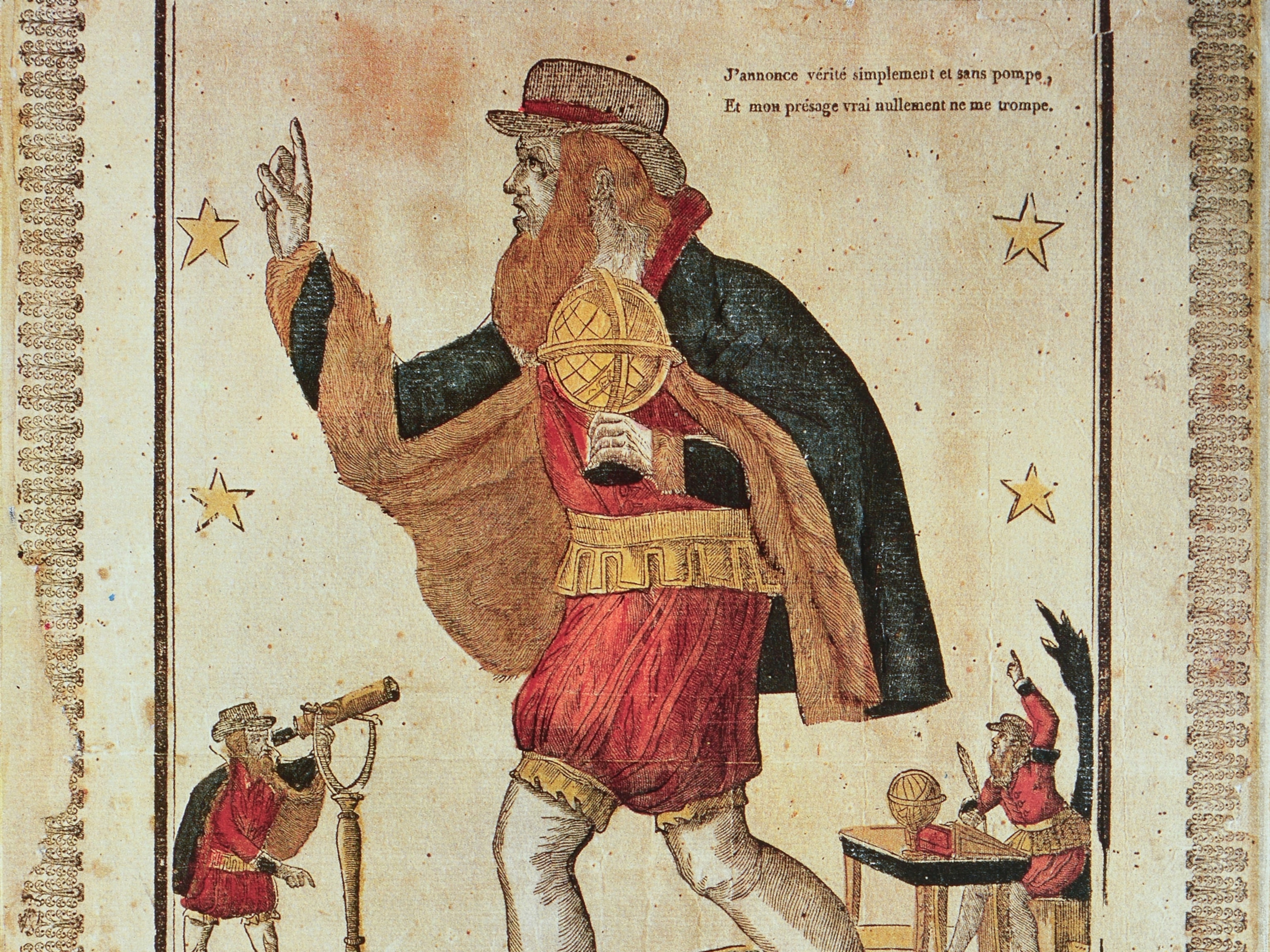What historians have pieced together about the real Hamnet Shakespeare
Though little is known about the life of William Shakespeare's only son, historians say his premature death may have shaped the bard's most famous works.
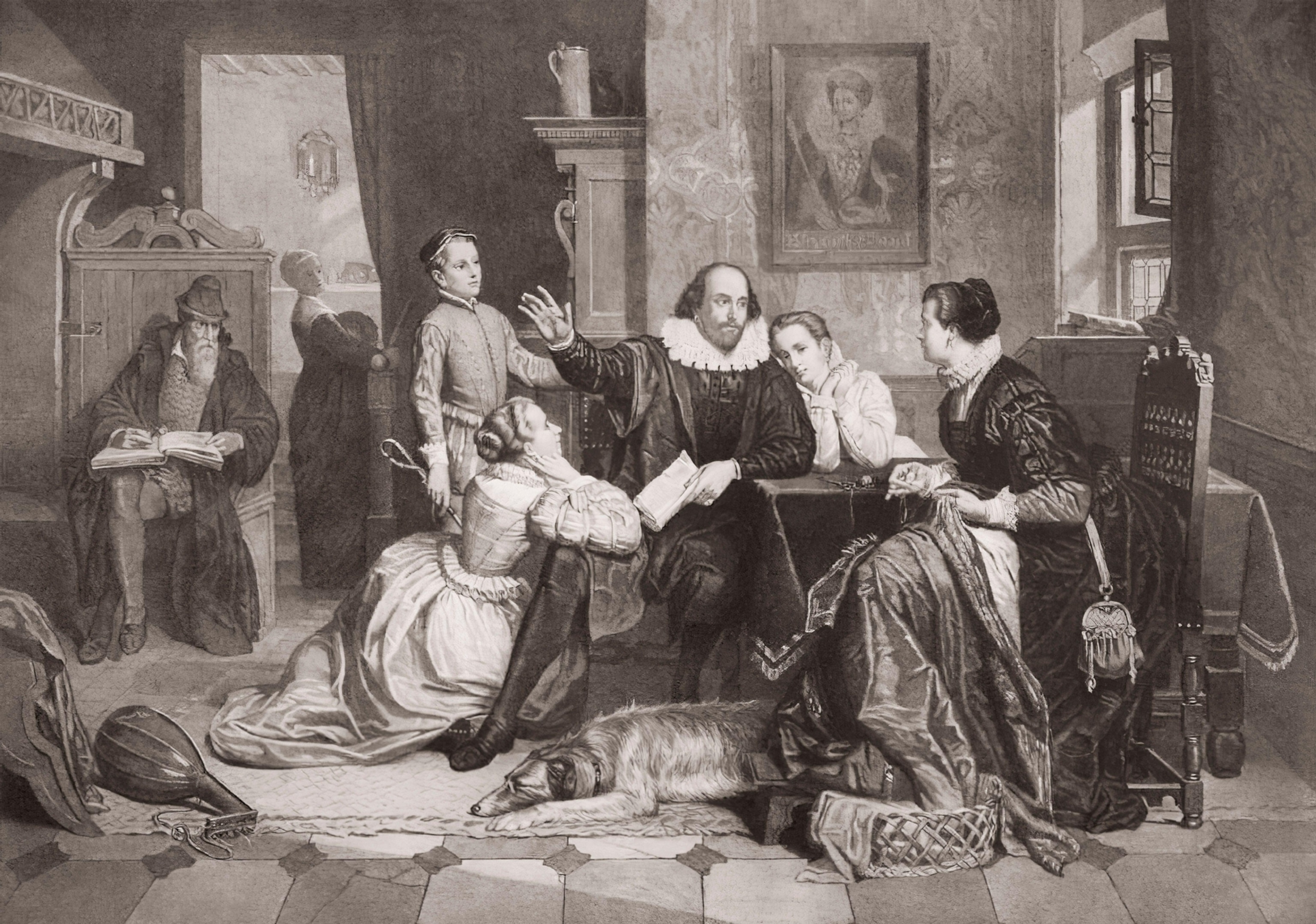
Romeo and Juliet, King Lear, Hamlet—William Shakespeare wrote some of the world’s best tragedies, and he also experienced his own: the death of his 11-year-old son Hamnet.
Documentary evidence about the boy is thin. “There are three bare facts known about Hamnet,” says Edel Semple, senior lecturer in Shakespeare studies at University College Cork in Ireland. “He was baptized February 2, 1585, he was a twin, and he was buried August 11, 1596.”
Between the bookends of 1585 and 1596, however, Hamnet Shakespeare lived a life, no matter how brief or ordinary. What conclusions have scholars come to about Hamnet based on their knowledge of the Shakespeare family and life in 16th-century England?
Here’s what experts say about the life and death of Hamnet Shakespeare.

What do we know about Hamnet’s life?
Anne Shakespeare, William’s wife, gave birth to Hamnet and his twin sister Judith sometime before February 2, 1585, the day of their baptism at Holy Trinity Church in Stratford-upon-Avon, England.
The twins’ specific birth date does not appear in any surviving documents. Daniel Swift, associate professor of English at Northeastern University London, says “this is entirely standard for the Elizabethan period,” which saw baptisms as more “significant” than births.
Baker Hamnet Sadler—who was also William’s childhood friend—and his wife Judith were the Shakespeare family’s neighbors. Scholars point to Hamnet Sadler as the namesake for William’s son.
The twins, along with their older sister Susanna, lived at the family home on Henley Street, which is open to the public today as Shakespeare’s Birthplace. Filled with the three children as well as their mother, aunt, and grandparents, “the house would have been busy,” Swift says.
One person was largely missing from the family’s everyday life: William Shakespeare, who seems to have been frequently in London, about a hundred miles away from Stratford.
Anne Shakespeare had a bigger presence in their children’s lives. She “would have been the one who was with [Hamnet] for all of his life in Stratford,” attests Katherine Scheil, English professor at the University of Minnesota and a leading expert on Anne Shakespeare.
“We have remarkable evidence about Anne Shakespeare as a mother,” she adds, pointing out that her surviving children described her as “so great a gift” on a Latin epitaph they commissioned for her grave.
(Did Shakespeare hate his wife? Here are four myths about the bard.)
Schiel and Swift say Hamnet probably would have attended the King’s New School—the free grammar school in Stratford—beginning at the age of seven, though historians have not uncovered any documentation that proves this yet. Nonetheless, it’s the school his father is widely believed to have attended as a boy, and the Shakespeare family’s position in society made a grammar-school education for Hamnet likely.

How did Hamnet Shakespeare die?
Thanks to burial records from Holy Trinity Church, scholars know Hamnet died in the summer of 1596, but they don’t know how it happened. That hasn’t stopped scholars and creatives from trying to fill in what Scheil has called Hamnet’s “biographical blank slate.”
Swift speculates Hamnet’s cause of death “might have been [bubonic] plague,”given that plagues in England usually intensified in late summer, right around the time he died. It’s a theory in line with Shakespeare scholar Stephen Greenblatt’s belief that an illness may have killed the bard’s only son. Greenblatt is considered one of the world's leading Shakespeare scholars and is one of the principal experts on William Shakespeare and Renaissance literature. It’s not a far-fetched theory, since illness was the leading cause of death for children in the 16th century.
(France's strangest epidemic wasn't the bubonic plague. It was a dance.)
However, it’s also possible Hamnet suffered an accident, as screenwriter Ben Elton suggests in the 2018 film All Is True, which imagines Hamnet’s death as a drowning.
All Is True and Hamnet—a novel by Maggie O’Farrell that uses the illness theory—see a gap in what we know of Shakespeare’s life, and they fill it with their imagination and interpretation of his work,” Semple says.
Hamnet was buried on August 11, 1596, at Holy Trinity Church. Consistent with burial practices at this time, experts have argued that Hamnet probably wasn’t buried in a coffin, which was too expensive for anyone who wasn’t wealthy.
(How Martin Luther started a religious revolution.)
There’s no evidence that William Shakespeare attended the burial. In his 2005 book, Shakespeare scholar James Shapiro wrote that since Shakespeare’s acting troupe was touring that summer, he may not have received news about Hamnet’s death until it was too late to get to Stratford in time for the burial.
Swift, on the other hand, acknowledges “it is possible that Shakespeare was present” for the burial because London’s playhouses were closed from July to October of 1596 due to a plague outbreak.
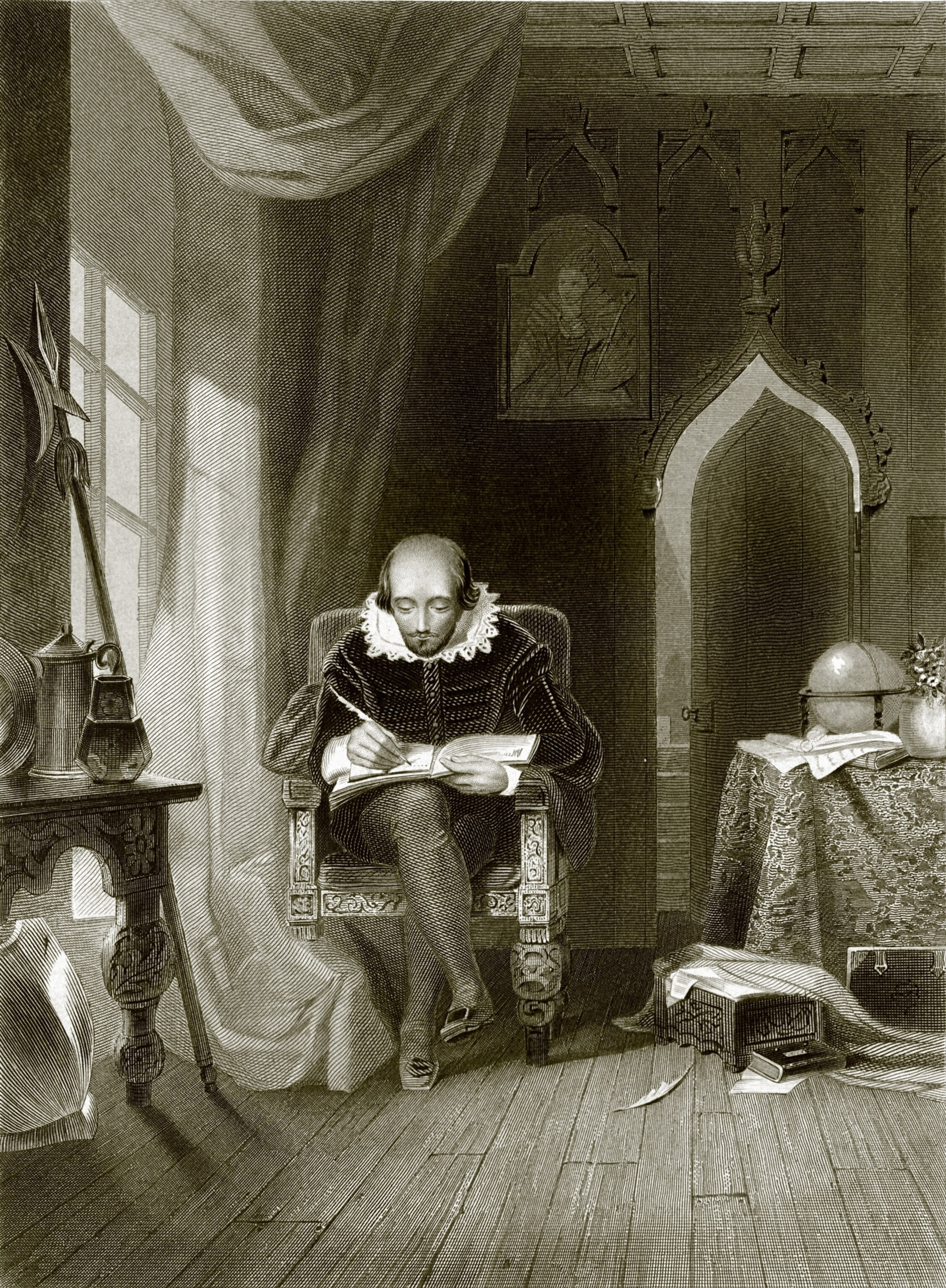

How did Shakespeare grieve his son?
Lacking concrete evidence, Semple says that we “can only speculate” about how Hamnet’s death impacted the Shakespeare family.
According to Shiel, “It’s hard to believe that a playwright who was so good at capturing the range of human emotions was not deeply impacted by the death of his only son.”
Shapiro agreed, writing in A Year in the Life of William Shakespeare: 1599, “Shakespeare may have barely known his son, but that is not to say he did not feel his loss deeply.”
In The Private Life of William Shakespeare, scholar Lena Cowen Orlin interpreted the bard’s will as possibly bearing “the imprint of an unnamed grief”—some of the things he willed might have gone to Hamnet—such as a sword—had he outlived his father.
Shakespeare would have been expected to show some grief—but not too much. Historian Ralph Anthony Houlbrooke argued that Elizabethans saw “excessive grief” as nothing more than a “surrender to one’s feelings” that “showed a lack of faith, reason, self-control, even a perverse willfulness.”
But here’s what we do have evidence for: the Shakespeare family’s life went on. Hamnet’s sisters grew up and had children of their own, his mother lived to 67, and his father went on to author some of his most famous works.
Did Hamnet’s death really shape his father’s work?
Scheil cautions “we have no way of knowing when Shakespeare’s personal life seeped into his literary works, and when he was creating from imagination.”
Still, there is a striking similarity between the name “Hamnet” and the titular prince in Hamlet. Greenblatt argued that the two names were “virtually interchangeable” at the time. According to the Folger Shakespeare Library, William Shakespeare’s tragedy Hamlet is thought to have written sometime between 1599 and 1601. The play, which was written about three to five years after Hamnet’s death, isn’t about the loss of a child. But it does meditate on death and grief.
Greenblatt, for one, has interpreted the play’s famous line, “To be, or not to be,” as a possible window into Shakespeare’s grief, suggesting that “these suicidal thoughts, provoked by the death of a loved one, lie at the heart of Shakespeare’s tragedy” and “may well have been the core of the playwright’s own inward disturbance.”
Scholars have also interpreted a passage from King John, which Shakespeare was writing right around the time of Hamnet’s death, as evidence of his heartbreak—a mother who has lost her child exclaims, “Grief fills the room up of my absent child.”
Semple further argues that “the impact of losing a child is central to the plots of Shakespeare’s four romances,” which includes The Tempest, Pericles, The Winter’s Tale, and Cymbeline.
“Again and again in the romances, Shakespeare imagines families that suffer loss, hardship and years of separation, but in the end, they are reunited, reconciled, and find new joy and hope for their future,” Semple says.
A reunion of sorts came for William Shakespeare. After retiring in 1613, he returned to Stratford, where his wife and daughters still lived—and where his son lay buried. When William was himself buried on April 25, 1616, it would be at the same church as Hamnet.


